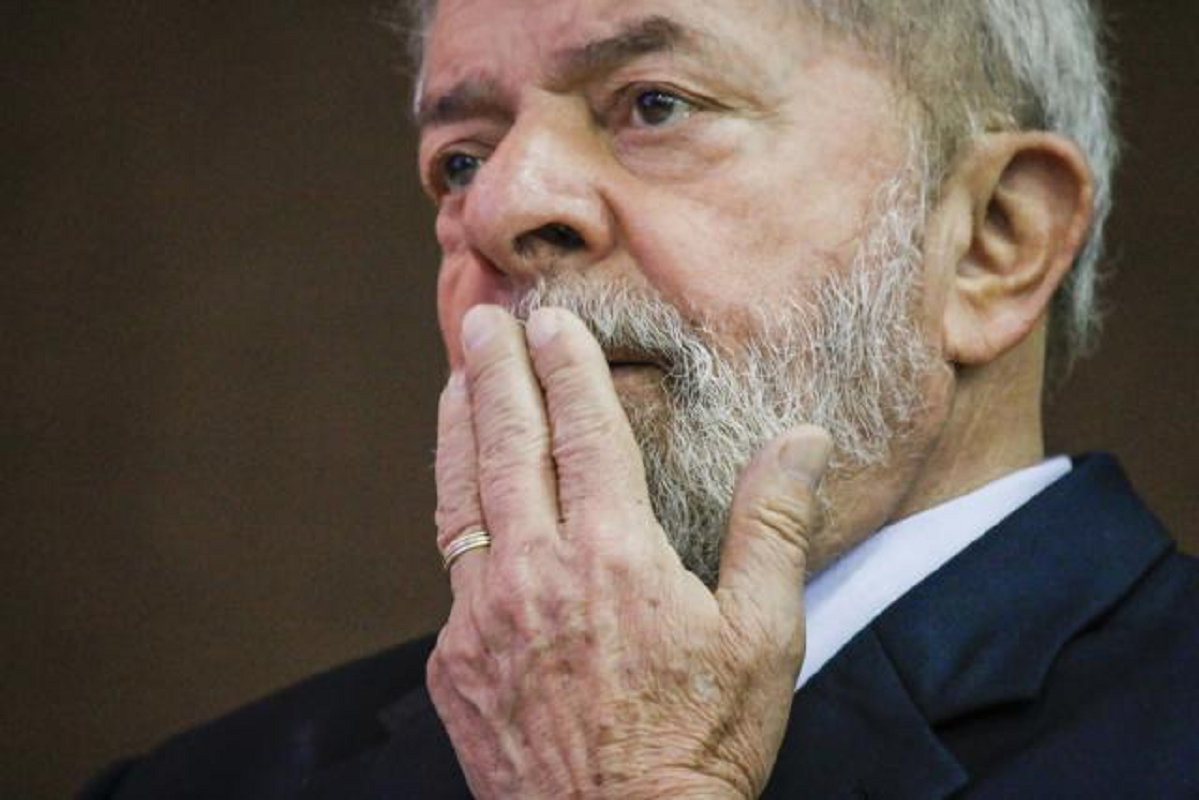Bad news for consumers who pay electricity bills
3 min read

Brazilian consumers who pay Electricity bill You need to prepare your pocket. In 2023, the electricity tariff will be too salty for the population, which will be charged to pay the Energy Development Account (CDE).
Earlier this month, the National Electric Energy Agency (Aneel) approved the CDE budget for 2023. In short, the total amount has reached the expressive mark of R$34.986 billion, surpassing the amount approved by the entity in 2022 (R$32.096 billion). .
Most of the nearly R$35 billion will be paid by consumers in the country through fees included in the electricity bill. The amount that consumers will pay will be R$29.572 billionThat is 84.5% of the total. Although the amount is very telling, it was less than the amount paid last year (30.219 billion R$), when consumers paid 94.1% of the total CDE.
In short, the CDE is nothing more than the backbone of the country’s electricity sector. The amount paid goes to the Fund to finance financing measures and subsidies granted by the Federal Government and the National Congress in the energy sector. For example, the CDE ensures the generalization of electricity service in the country, and this happens thanks to the payment of the annual budget.
The 2023 CDE budget was 9% higher than last year. In contrast, the amount paid in 2022 was 34.2% higher than in 2021 (23.917 billion R$), the year in which consumers paid R$19.581 billion in fees to the Electricity Sector Fund.
Look at the fees consumers will pay
According to Aneel, consumers will be charged electricity bills in 2023, referring to the CDE payment:
In short, the use of CDE consists of distribution among all consumers, that is, it includes both free and captive consumers. On the other hand, CDE-GD is divided among captive consumers, who are served by distributors. It should be noted that this fee is intended to cover distributed generation support only.
Consumers will pay R$29.572 billion in monthly household electricity bills. The federal government adopts this method of mitigating costs over time so that consumers don’t feel the fee so strongly.
Namely, CDE will raise the remaining amount through other revenue, including:
- Privatized Eletrobras Contribution;
- cash on hand in the CDE account;
- resources from research and development and energy efficiency programs;
- Fines.
By the way, CDE specialists are considered to be a “black box”. This is because it funds subsidies for several areas, such as regional development and sanitation. In addition, part of the money goes to agriculture and even coal and diesel.
President Luiz Inacio Lula da Silva. Image: Disclosure
See where your money is going
According to Aneel, the CDE’s approved budget, amounting to R$34.986 billion, has a specific destination. In short, the three largest expenses account for 76.9% of the total amount.
The main expenditure of the CDE is the fuel consumption calculation (CCC), in the amount of R$12 billionWhich equals 34.3% of the total. This subsidy is directed to the production of thermal energy in regions of Brazil that do not have an interconnection of the national electrical system.
For those who don’t know, hydroelectric power plants account for more than 60% of the electricity generated in Brazil. Thermal power plants rank second and generate about 25% of the country’s electricity. The problem is that these plants are much more expensive than hydroelectric plants, as well as more polluting. This is why CCC is so expensive.
a The second largest CDE expenditure is tariff cuts on energy distribution. Anil revealed that these expenditures should total R$9.3 billion this year, or 26.6% of the total approved by the entity for the CDE account.
Finally, the The third largest expense is the social electricity tariffWhich provides discounts on the electricity bill for low-income families in the country. It is estimated that the total of these expenditures is R$ 5.6 billion. However, it should be noted that there are other expenses incurred by the CDE which increase the value in the country.
According to Anil, the electricity bill takes into account three different costs:
- Power generation ;
- transfer of energy to consumer units (transmission and distribution);
- sector fee?
In addition, there are still taxes levied by the federal government (? PIS/Cofins), state (ICMS) and municipal (contribute to public lighting). This is why the electricity bill is so expensive in Brazil, because consumers pay not only for their generation, but for the entire production and distribution chain, not to mention the fees.

“Entrepreneur. Music enthusiast. Lifelong communicator. General coffee aficionado. Internet scholar.”



